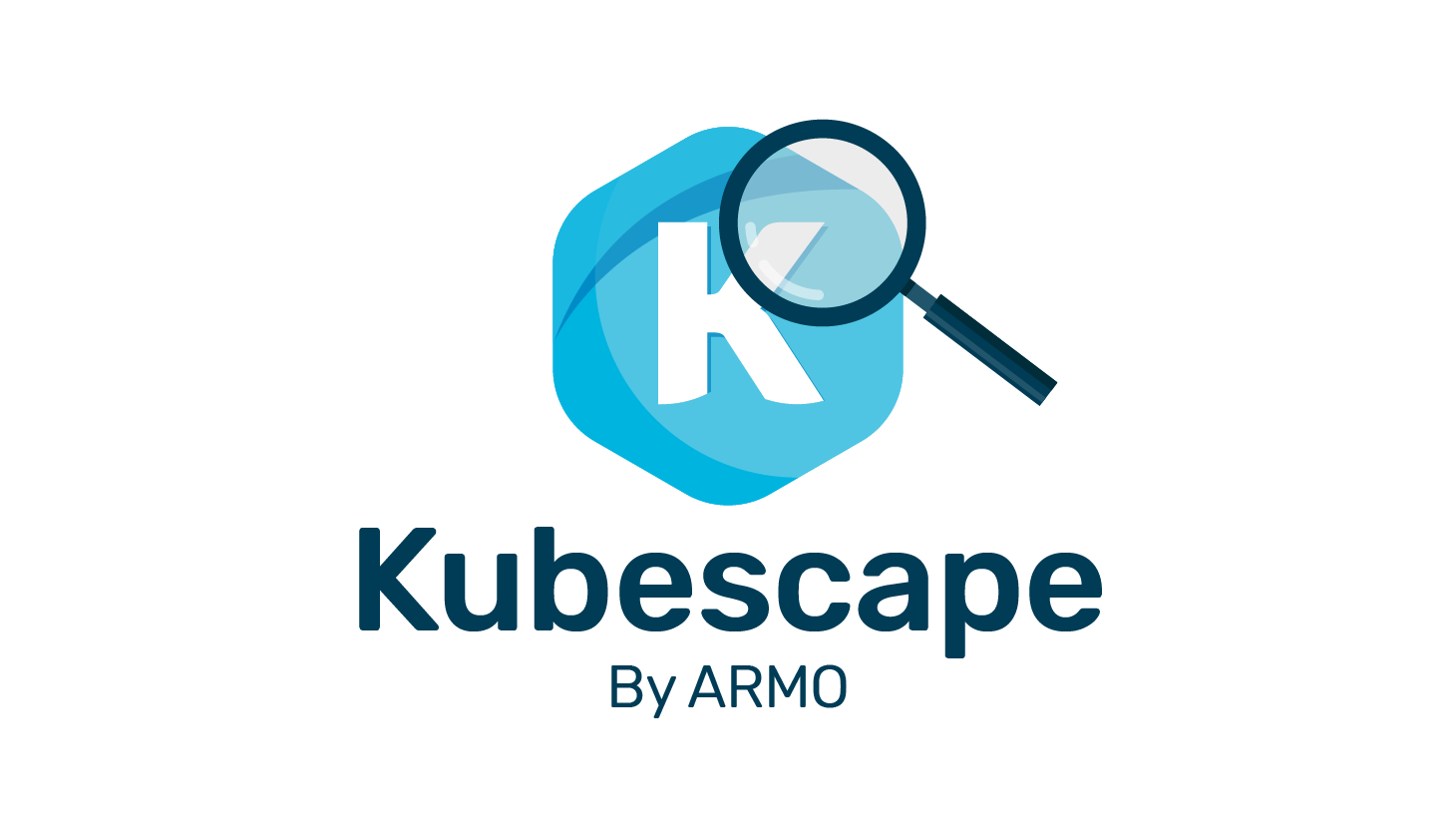Kubescape is the first tool for testing if Kubernetes is deployed securely as defined in Kubernetes Hardening Guidance by NSA and CISA
Use Kubescape to test clusters or scan single YAML files and integrate it to your processes.
curl -s https://raw.githubusercontent.com/armosec/kubescape/master/install.sh | /bin/bash
kubescape scan framework nsa --exclude-namespaces kube-system,kube-public
If you wish to scan all namespaces in your cluster, remove the --exclude-namespaces flag.
| flag | default | description | options |
|---|---|---|---|
-e/--exclude-namespaces |
Scan all namespaces | Namespaces to exclude from scanning. Recommended to exclude kube-system and kube-public namespaces |
|
-s/--silent |
Display progress messages | Silent progress messages | |
-t/--fail-threshold |
0 (do not fail) |
fail command (return exit code 1) if result bellow threshold | 0 -> 100 |
-f/--format |
pretty-printer |
Output format | pretty-printer/json/junit |
-o/--output |
print to stdout | Save scan result in file |
- Scan a running Kubernetes cluster with
nsaframework
kubescape scan framework nsa --exclude-namespaces kube-system,kube-public
kubescape scan framework nsa *.yaml
kubescape scan framework nsa https://raw.githubusercontent.com/GoogleCloudPlatform/microservices-demo/master/release/kubernetes-manifests.yaml
kubescape scan framework nsa --exclude-namespaces kube-system,kube-public --format json --output results.json
kubescape scan framework nsa --exclude-namespaces kube-system,kube-public --format junit --output results.xml
- Render the helm chart using
helm templateand pass to stdout
helm template [NAME] [CHART] [flags] --dry-run | kubescape scan framework nsa -
for example:
helm template bitnami/mysql --generate-name --dry-run | kubescape scan framework nsa -
It is possible to run Kubescape offline!
First download the framework and then scan with --use-from flag
- Download and save in file, if file name not specified, will store save to
~/.kubescape/<framework name>.json
kubescape download framework nsa --output nsa.json
- Scan using the downloaded framework
kubescape scan framework nsa --use-from nsa.json
Note: development (and the release process) is done with Go 1.16
- Clone Project
git clone [email protected]:armosec/kubescape.git kubescape && cd "$_"
- Build
go mod tidy && go build -o kubescape .
- Run
./kubescape scan framework nsa --exclude-namespaces kube-system,kube-public
- Enjoy 🤪
Kubescape is running the following tests according to what is defined by Kubernetes Hardening Guidance by NSA and CISA
- Non-root containers
- Immutable container filesystem
- Privileged containers
- hostPID, hostIPC privileges
- hostNetwork access
- allowedHostPaths field
- Protecting pod service account tokens
- Resource policies
- Control plane hardening
- Exposed dashboard
- Allow privilege escalation
- Applications credentials in configuration files
- Cluster-admin binding
- Exec into container
- Dangerous capabilities
- Insecure capabilities
- Linux hardening
- Ingress and Egress blocked
- Container hostPort
- Network policies
Kubescape based on OPA engine: https://github.com/open-policy-agent/opa and ARMO's posture controls.
The tools retrieves Kubernetes objects from the API server and runs a set of regos snippets developed by ARMO.
The results by default printed in a pretty "console friendly" manner, but they can be retrieved in JSON format for further processing.
Kubescape is an open source project, we welcome your feedback and ideas for improvement. We’re also aiming to collaborate with the Kubernetes community to help make the tests themselves more robust and complete as Kubernetes develops.



